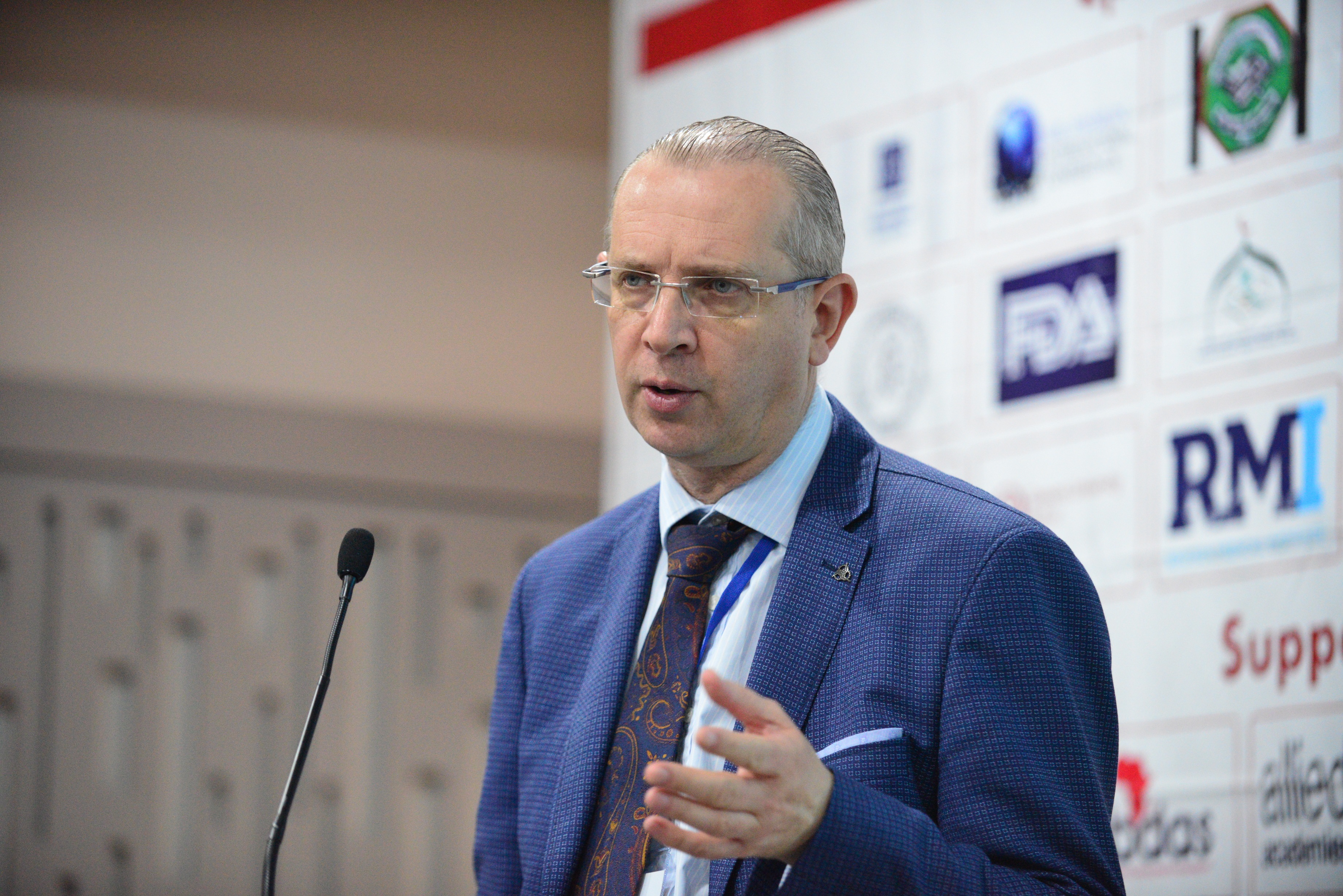
Johns Stephen Batchelor
Central Manchester Foundation Trust, UK
Title: The pathogenesis of spontaneous intracranial hemorrhage in patients with hematological malignancy
Biography
Biography: Johns Stephen Batchelor
Abstract
Spontaneous intracranial hemorrhage is a well recognized complication in patients with hematological disease. Intracranial hemorrhage is the second leading cause of death in patients with acute myeloid leukemia. The reported mortality is over 50% for patients with hematological malignancy and spontaneous intracranial hemorrhage. The reported incidence of spontaneous intracranial hemorrhage appears to be slightly higher in acute myeloid leukemia (AML) and chronic myeloid leukemia in blast crisis than in other forms of hematological malignancy. The distribution of ICH is as follows: intraparenchymal hemorrhage accounts for about 60% of the reported case series. The remaining sites are distributed between the cerebellum, brainstem, basal ganglia, subarachnoid, subdural, intraventricular and epidural regions. Over 50% of patients will having more than one intracranial bleeding site on CT. Previously proposed risk factors for spontaneous intracranial bleeding include: Direct invasion by tumor cells, invasive intracranial sepsis, hyper leukocytosis and coagulopathy. Abnormalities of clotting include DIC, thrombocytopenia and prolonged prothrombin time. Coagulopathy and thrombocytopenia are probably not the main factors responsible for spontaneous intracranial hemorrhage in view of the fact that neither platelets nor clotting factors are responsible for maintaining cerebral vessel integrity under normal physiological conditions. Cohort studies from patients with idiopathic thrombocytopenia have shown a poor correlation between platelet count and the risk of spontaneous intracranial hemorrhage in both adults and children. Batchelor has shown that coagulopathy in patients with traumatic intracranial bleeding increases the risk of progressive hematoma progression by an odds ratio of 6.176 (95% CI: 4.727-8.069). This paper aims to explore other factors which may account for spontaneous ICH in patients with hematological malignancy.

